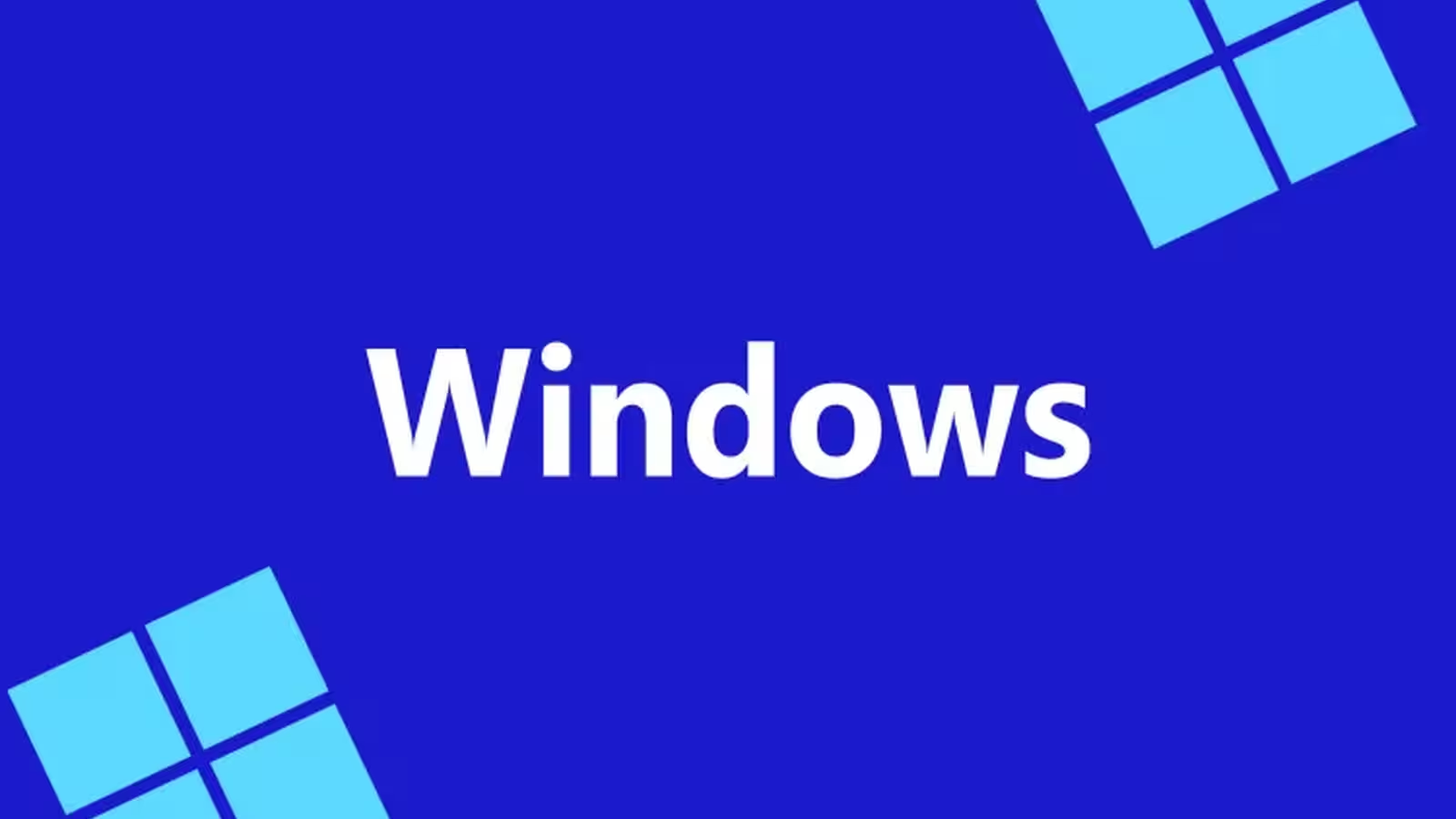5 Minutes
Microsoft’s Ambitious NLWeb Protocol Runs Into Serious Security Hurdle
Microsoft’s latest attempt to revolutionize digital experiences with artificial intelligence has hit an early stumbling block. Only months after unveiling its NLWeb protocol—designed to bring advanced, ChatGPT-style natural language search to websites and apps—the company is now facing scrutiny over a critical security vulnerability found during its initial rollout to partners like Shopify, Snowflake, and TripAdvisor.
What is NLWeb? Features and Promised Benefits
NLWeb (Natural Language Web Protocol) is positioned as a transformative framework for the "Agentic Web," essentially serving as a modern, AI-empowered replacement for traditional HTML. It allows for interactive, natural language queries and seamless AI-powered features to be integrated into web applications, promising to bridge the gap between users and powerful machine-learning models. NLWeb aims to make tools like ChatGPT accessible natively across the web, enhancing user interaction and search like never before.
Vulnerability Exposed: Classic Security Flaw Uncovered
Despite high expectations and prominent use cases, security researchers Aonan Guan and Lei Wang recently discovered a glaring gap in NLWeb’s protection: a path traversal vulnerability. This type of flaw has long plagued web applications, enabling attackers to access sensitive files—including crucial .env files loaded with system secrets, API keys for services like OpenAI or Gemini, and configuration data—simply by navigating to a cleverly crafted URL.
Microsoft was quick to patch the vulnerability, but its existence raises concerns about how such a basic oversight could occur, especially with Microsoft’s renewed emphasis on robust AI and cloud security. Path traversal exploits are well-known in cybersecurity circles and should have been preemptively addressed during the new protocol’s development.
Industry Reaction: Why This Matters More Than Ever
Security professionals warn that AI systems, by their nature, amplify the impacts of even traditional vulnerabilities. “Classic weaknesses like path traversal don’t just threaten servers anymore; they put the intelligence core of AI agents at risk,” says Aonan Guan, a senior cloud security engineer at Wyze who discovered the bug independently. If an attacker manages to access API keys for large language models (LLMs) like GPT-4 through such vulnerabilities, they could hijack the AI agent’s decision-making capability, leading to potentially catastrophic consequences—like unauthorized data access, excessive API usage fees, or the creation of malicious AI clones.
Fixes, Disclosure, and Calls for Greater Transparency
According to Microsoft spokesperson Ben Hope, the issue was “responsibly reported” and a fix is now available in the open-source NLWeb codebase. Microsoft emphasizes that none of its internal products were affected. However, users who have deployed NLWeb must update their installations immediately—otherwise their systems remain vulnerable to unauthenticated data leaks.
Despite the fix, controversy lingers. Security researchers are urging Microsoft to assign a Common Vulnerabilities and Exposures (CVE) number—a standard for tracking and communicating about security flaws. So far, Microsoft has hesitated, possibly because the protocol hasn’t seen broad adoption yet. Still, a CVE would streamline industry awareness and remediation efforts moving forward.
Comparisons and Market Implications: How NLWeb Stacks Up
While NLWeb promises intuitive AI search and deeper user engagement for web applications, this episode illustrates the unique security challenges facing new AI protocols. Competing frameworks and traditional web technologies have decades of battle-tested security hardening, putting pressure on NLWeb and similar innovations to meet—or exceed—these standards from day one.
Use cases for NLWeb remain compelling, particularly for e-commerce, travel, and platform providers seeking cutting-edge user experiences. But, as this incident demonstrates, the integration of AI into core internet infrastructure cannot come at the expense of cybersecurity vigilance.
The Road Ahead: Balancing Innovation and Security in the AI Era
Microsoft continues its push to natively integrate Model Context Protocol (MCP) into Windows, another move aimed at embedding AI deeper within its ecosystem. However, with ongoing warnings from security researchers about such emerging technologies, the company faces a pivotal choice: how to balance rapid deployment of AI-driven features with an uncompromising commitment to security best practices. The lesson from the NLWeb protocol’s early misstep is clear—classic vulnerabilities demand renewed attention in the age of intelligent agents.
Stay tuned as NLWeb evolves and as major tech players race to combine smarter, more context-aware web experiences with ironclad security. The story serves as a vital reminder of the high stakes in the next generation of digital innovation.
Source: theverge


Leave a Comment